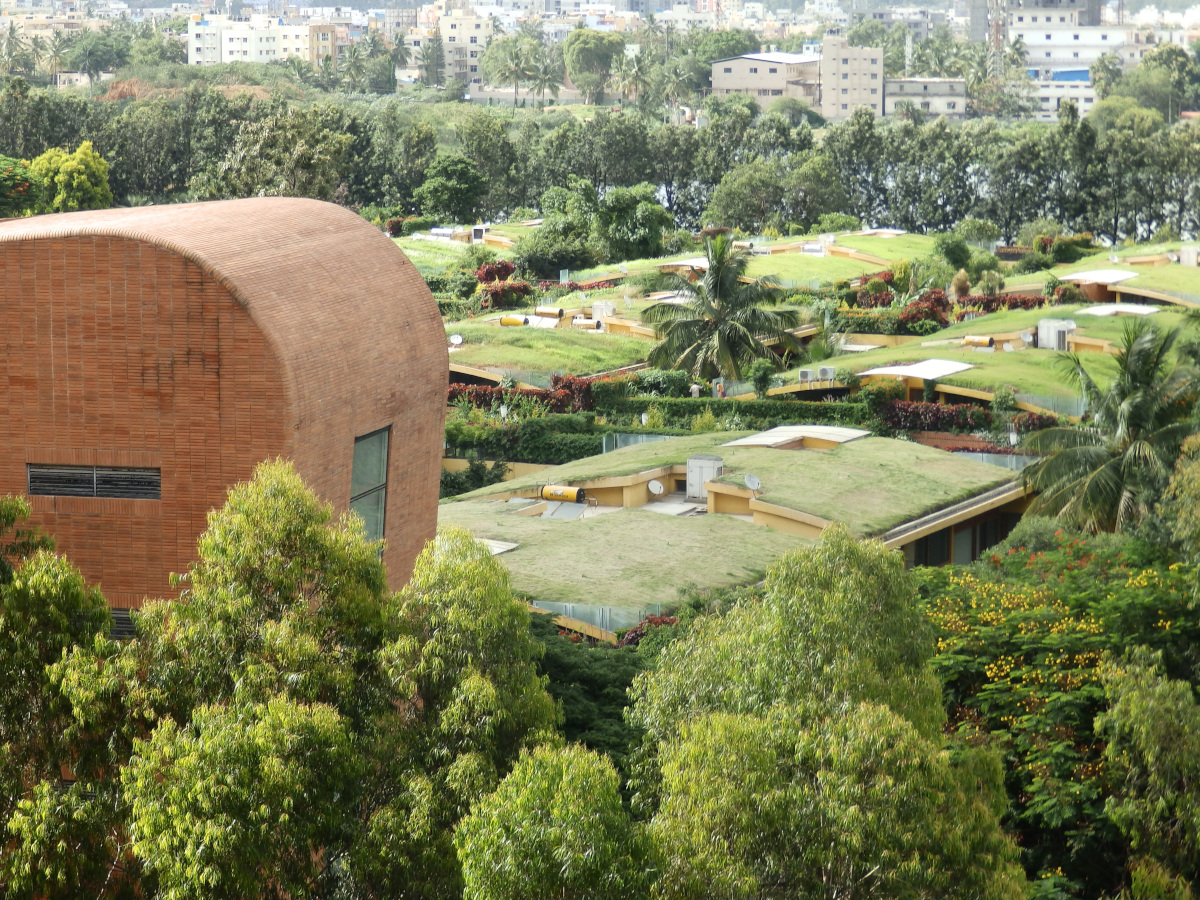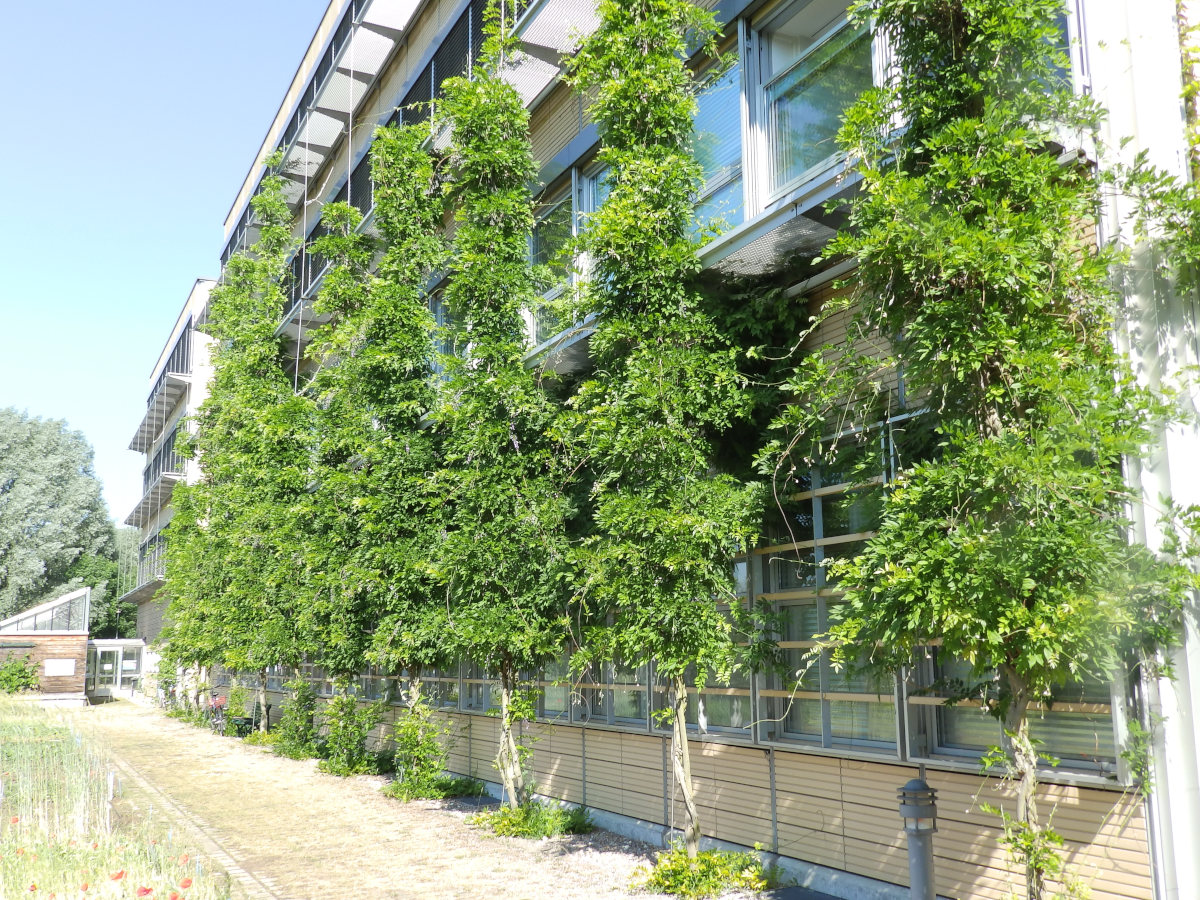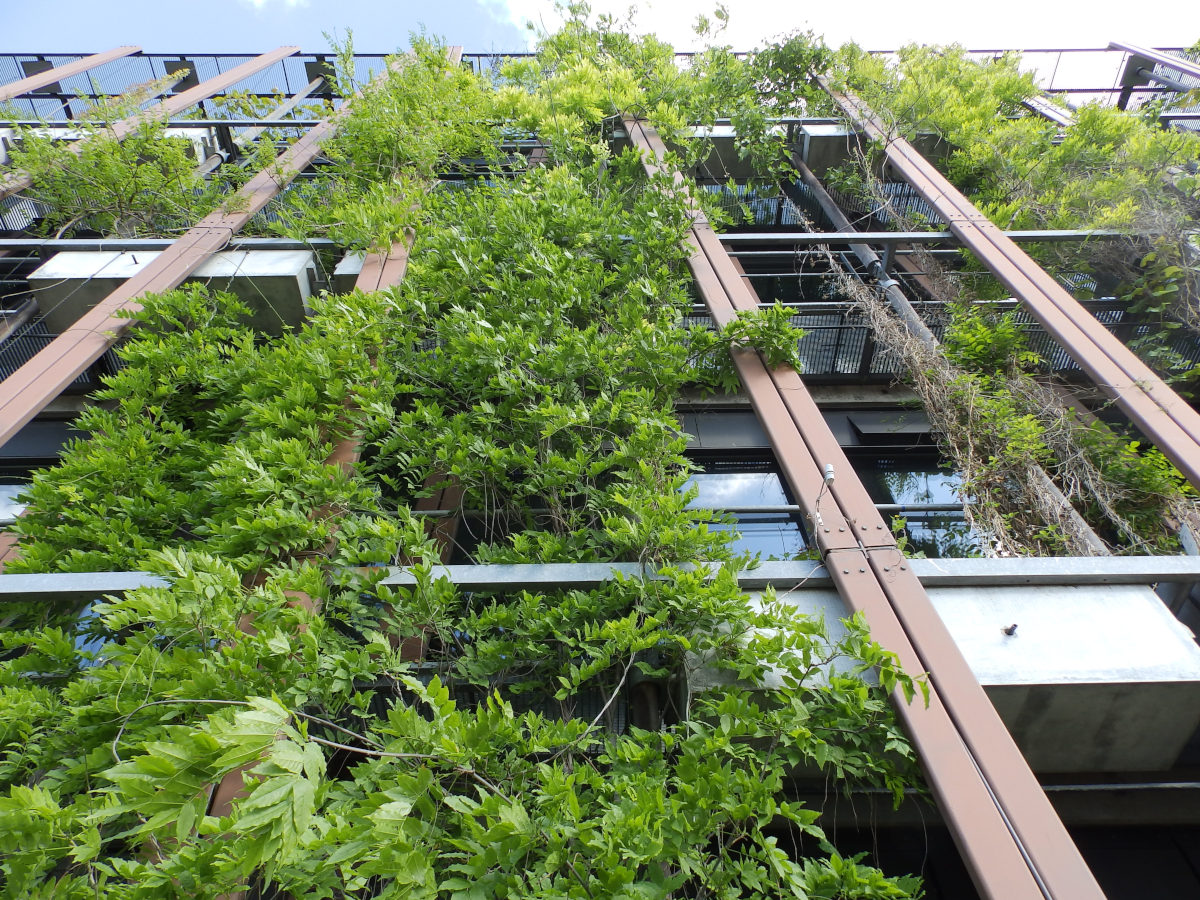Lectures around the world
Manfred Koehler is a worldwide known and frequently invited speaker on topics around Green infrastructure. As an example, he gave lectures in 16 of the 47 megacities worldwide. From the 100 most liveable Cities, he was invited up today to speak in 36 of these. Green roofs, living walls, and indoor greening are suitable solutions around the globe to mitigate global warming in cities. Enjoy a presentation of him, let us arrange a date for a presentation.
Mission
An increasing number of the world population lives in Cities. Growing Cities shall be healthy in all areas from the new built-up High rise areas – to the extensive increasing suburbs. Typical urban infrastructure occupies former farmland, garden areas, or natural structures.
Green infrastructure is a concept to reduce negative ecological footprints. It works for all climate regions and all types of Cities. Basic idea is, to let grow plants on artificial grounds, this includes creating sky garden, harvesting food from vegetated roofs, and let survive nature in Cities. It is a simple but effective concept with now hundreds of successful role models all over the world.
The green infrastructure is like a toolbox for a new type of environmentalists. Skills these professional needs are the knowledge where and which plants can grow. Which benefits plants are able to offer in contact with the buildings? Which are the technical basics the planner has to organize, from additional irrigation systems, maintenance, and in some cases also additional light systems are required?
Man-made habitats are the results, offering for a small add on budget, multi-benefits, like rainwater management, better insulation, noise reduction and a better surrounding similar to garden or nature structures are possible.
Manfred Koehler is doing research since the early 1980th to proof the evidence ot Green infrastructure. Long time measurements on green facades, living roofs, and indoor greening are done to get a better understanding of man-made habitats in contact with buildings.
The beginning; to start with some square meter planter boxes somewhere in the City center of Berlin, now sophisticated research installations in Berlin, Neubrandenburg, and some other places are the basis for more than 100 academic publications by Manfred Koehler.
Many persons followed, now in nearly each country researchers are doing similar ecological studies on green infrastructure. This enables us to learn details not only from nature but also from other research groups. This extends best practice and it helps to realize the vision of better–, say greener Cities all over the world.
The GREEN ROOF CENTRE OF EXCELLENCE in Neubrandenburg is continuing long term research studies started in the 1980s. It is an integral part of the University of Applied Sciences Neubrandenburg. This offers students in the Department of Landscape Architecture and Nature conservation to learn about the technical and ecological requirements of Green roofs, living walls, and indoor greening more. Colleagues from several disciplines within the University collaborate with the research activities.
Teaching
Up today; Manfred Koehler co-supervised a number of PhD-Candidates successfully:
–Martina Di Labbio, Vertical Greening Systems: design and functional optimization towards pollution absorbing greened facades, Milan 2023
–Louis Lee Shing Him, Microclimatic Monitoring of Climber Green walls and intensive Green roof in subtropical summer, Hongkong, 2018,
–Kelly Ksiazek, Biodiversity and green roofs, USA, Chicago, 2017
–Florian Betzler, Green Density Factor, TU Darmstadt, Germany, 2016
–Nicole Pfoser, Grün und Pflanze, TU Darmstadt, Germany, 2016
–Esquivel, Elisa Olivares, Exploring the potential of Mexican Crassulaceae Species on Green roofs, Univ. Sheffield, 2015
– Lan PAN, Carbon sequestration and flux of Vertical Greening, Chinese Univ. of HongKong, 2015
–Huijuan Iris, DENG, Ecological Benefits and species Selection of tropical Extensive Green roofs, Univ. of Hongkong, 2014
– Religiana Hendarti, The influence of the Evapotranspiration of Green rooftops on PV Modules in the tropics, NUS Singapore, 2014
– Cristian Rares Nistor, Researches regarding the characteristics of the vertical garden and influence of the irrigation systems on development vegetation. Uni Cluj-Napoca, Romania 2013
–Liliana Peng, Green roofs Hongkong, Univ. of Hongkong, 2012
–Maureen Connelly, Sound propagation of green roofs, BCIT, Vancouver, Canada, 2011
–Marc Ottele, The Green Building Envelope, TU Delft, The Netherlands, 2011
–Melissa Keeley, Transatlantik Exchange, and Sustainable Urban Development. Transferring Stormwater Policies and Technologies from Europe to the United States, TU Berlin, Germany, 2007
–Olga Gorbaschewskja, Experiment mit Sedum Ansaaten, HU Berlin, Germany, 2007
–Wendy Chen YAN, Assessing the services and Value of Green Spaces in the urban ecosystem: A Case of Guangzhou, Hongkong Univ. 2006.
BA, MA tesis
Up today n= 225 tesis; related to Green infrastructure some examples, candidates, year and topics:
| Innenraumbegrünung/
Indoor greening |
Mollenhauser, F., 2016, Innenraumbegrünungen
Briese, M., 2006, Befragung Krankenhäuser, Noak, R., 2005, Innenraumbegrünung Tropical Island, Schmidt, W, 2004, Das Sick building Syndrom, Sinnhuber, H., 2004, Pflege von Innenraumbegrünungen, |
| Fassadenbegrünung/
Living Walls |
Debrand-Passard, P., 2018, Fassadenbegrünung – ein Vergleich über die Jahre
Milbrandt, F., 2011, Experimentelle Schallpegelmessungen and begrünten Fassaden der HS Neubrandenburg. Spangenberg, 2010, Freiraumkonzept Tiefgarage Marktplatz NB Betzler, F. 2009, Konzept einer zukunftsweisenden Klimaarchitektur Beck, F. 2009, Stadtökologie, Grüne Fassaden und lebende Zäune in La Paz, Bolivien Schmidt, 2009, Nature reloaded, Fassadengrün, Hamburg, Binder, 2005, Physikgebäude Adlershof, Sievert, 2003, Fassadenbegrünung in Leipzig, |
| Green roofs:
|
Stier, J., u. Helmstedt, L., 2020, Verdunstungsleistung von GKR – Pflanzkübeln, Untersuchung mit der Lysimetertechnik
Lu, J., 2019, GREEN-BLUE INFRASTRUCTURES TO IMPROVE THE URBAN ENVIRONMENT IN CHINA – APPLICATION IN BINJIANG OF HANGZHOU Deshmukh, M., 2019, Küstenbebauung in Mumbai Czapiewerki, O., 2019, Gründächer in Brasilien. Überblick Systeme, Firmen und Projekte Mulugu, K.K., 2019, Vertical farming in Bengalore Rochelle, D.P., 2019, Reducing the building footprint by green infrastructure – case study of Bengalore Tabaee,S.S., 2018, New approach to Climate change with green buildings using Hydro Profi Line Lu, J., 2018, Grüne Dächer in China Wolff,, F., 2018, Wasserwirtschaftliche Untersuchungen extensiver Gründächer Richter, M., Köhler, S., 2018, Vergleich extensiver Dachbegrünungen in Neubrandenburg mit Überlegungen zur Biotopanreicherung Beken, A., 2018, Dachbegrünung in Kasachstan, Aktuell und Potential Wittchen, M., 2017, Erdüberdeckte historische Kleinarchitekture in den Parkanlagen von MV, insbesondere Eiskeller Müller, V., 2017, Urbane Nutzgärten auf Plattenbauten am Beispiel des Datzeviertels NB Rieschmüüler, H., 2013 Urban farming/Gardening Belz, C. 2011, Methodenentwicklung für den Aufbau eines Gründachkatasters von Berlin am Beispiel des Bezirks Friedrichshain-Kreuzberg Kaiser, D., 2010, Dachbegrünung geneigter Dächer Günther, A.K., 2010, Dachgarten in Oldenburg Sommerfeld, T., 2010, Bäume auf Dachgärten in Singapur Imker, J., 2010, Berlin – Hermannplatz, Dachgarten Ehlert, P., 2010, Essen, 70er Jahre Dachgärten von Ben Köthner Krüger, A., Dem Himmel ein Stück näher, Dachgärten am Beispiel des Büroneubaus Europarc, Kleinmachnow in Dreilinden Haupt, I., 2009, Die Dachbegrünungspolitik von Dresden, Stuttgart und Linz, Buchmann, F., 2009, Gründacherfassung aus Luftbildern, Poll, 2008, Vergleich alter Dachbegrünungen in Berlin, Jarmer, K, 2008 (M) Dachbegrünung Thailand, Marks, S., 2005, Energetische Aspekte begrünter Dächer, Schäfer, Zierach, C. 2004, Unerwünschter Gehölzaufwuchs auf Dächern, Pietzner, F. 2003, Anspritzbegrünung bei Extensivdächern, Porsche, U., 2002, Dachbegrünungen in D, Bras, USA, Radbruch, R. 2001, Begrünung von Plattenbauten |


